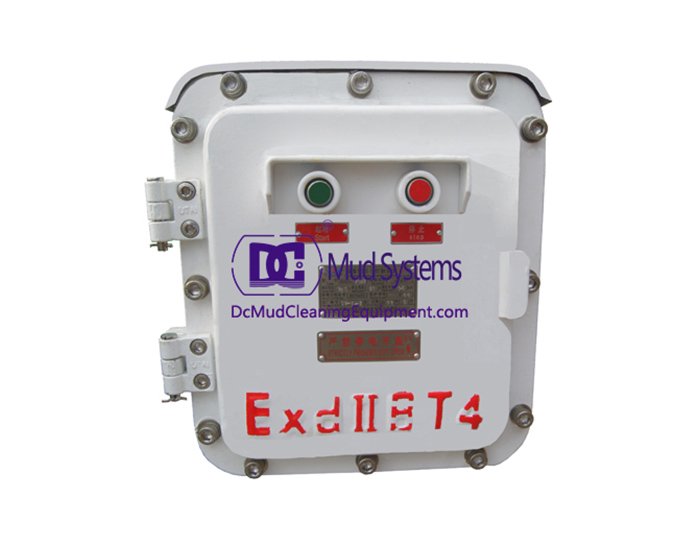The Sharples Decanter Centrifuge A Marvel of Separation Technology
In the field of industrial separation, the Sharples decanter centrifuge stands out as an exemplary piece of engineering that has transformed how liquids and solids are separated. Invented by the Sharples Company, which has a long history of innovation, this equipment is essential in various industries, including food processing, chemical production, and wastewater treatment.
The Operating Principle
At the core of the Sharples decanter centrifuge’s functionality is its ability to exploit the differences in density between liquids and solids. The machine operates on a centrifugal principle, where a rotating bowl creates a strong centrifugal force that drives the separation of components within a mixture. As the feed enters the centrifuge, it is accelerated to high speeds, causing the denser solids to move outward and settle against the bowl wall while the lighter liquids remain closer to the center.
The design includes an inclined conveyor that simultaneously moves the settled solids towards the discharge point. This method ensures continuous operation, allowing for high throughput and efficiency. The separation process occurs rapidly, making it ideal for applications requiring quick and effective solid-liquid separation.
Applications Across Industries
The versatility of the Sharples decanter centrifuge is evident across a plethora of industries. In the food industry, for instance, it is used for separating cream from milk, clarifying fruit juices, and processing edible oils. The machine ensures high product purity while maintaining the quality of the processed goods, making it indispensable in food manufacturing.
sharples decanter centrifuge
In the petroleum and chemical sectors, Sharples centrifuges play a pivotal role in the separation of slurries and emulsions, which often contain valuable byproducts. By effectively removing solids from these mixtures, Sharples equipment enhances the efficiency of subsequent processing stages, leading to cost savings and better yields.
Wastewater treatment facilities also benefit significantly from the use of Sharples decanter centrifuges. They are crucial in the dewatering process, allowing for the efficient separation of sludge from water, thereby reducing the volume of waste that needs to be treated. This significantly lowers operational costs and supports environmental sustainability initiatives.
Benefits of Using the Sharples Decanter Centrifuge
One of the primary advantages of the Sharples decanter centrifuge is its ability to handle varying feed conditions. The design allows for adaptability in processing different types of materials, from viscous slurries to clear liquids. Moreover, the technology is energy-efficient, particularly when compared to traditional separation methods, such as belt or filter presses.
Another critical benefit is the control it offers over the separation process. Operators can adjust parameters like rotation speed and conveyor settings, enabling precise control over the levels of separation achieved. This flexibility is essential for meeting diverse production requirements and ensuring that output quality aligns with industry standards.
Conclusion
In an era where efficiency and sustainability are increasingly paramount, the Sharples decanter centrifuge emerges as a highly effective solution for solid-liquid separation across a range of industries. Its innovative design, operational efficiency, and capacity for high-quality separation make it a valuable asset to any processing facility. As the demand for environmentally friendly and cost-efficient operational practices continues to grow, the relevance of the Sharples decanter centrifuge will likely expand, reinforcing its status as a key player in separation technology.
 Linear Motion Shale Shaker In Drilling Rig
Linear Motion Shale Shaker In Drilling Rig  Oilfield Mud Cleaner
Oilfield Mud Cleaner  Drilling Fluid Decanter Centrifuge
Drilling Fluid Decanter Centrifuge  Drilling Mud Desander
Drilling Mud Desander  Hydrocyclone Desilter
Hydrocyclone Desilter  Centrifugal Pump/Centrifugal Mud Pump
Centrifugal Pump/Centrifugal Mud Pump  Shear Pump
Shear Pump  Jet Mud Mixer
Jet Mud Mixer  Horizontal Mud Agitator
Horizontal Mud Agitator  Constant Pressure Drilling Fluid Mud Gas Separator
Constant Pressure Drilling Fluid Mud Gas Separator  Mud Gun
Mud Gun  Mud Tank
Mud Tank  Solids Control System Vacuum Degasser
Solids Control System Vacuum Degasser  Flare Ignition Device
Flare Ignition Device  Diesel Tank
Diesel Tank  Submersible Slurry Pump
Submersible Slurry Pump 






































